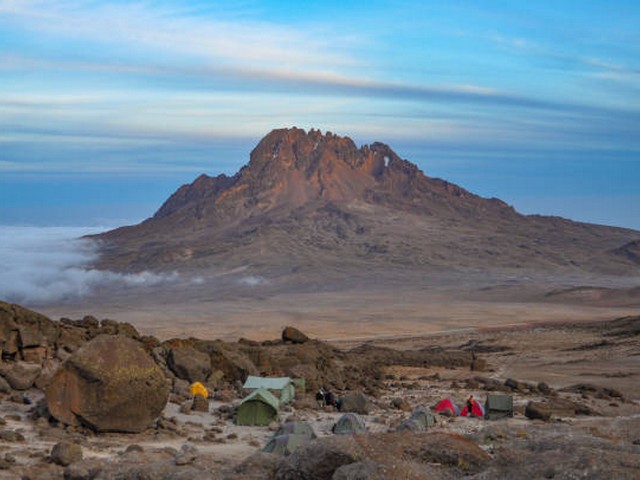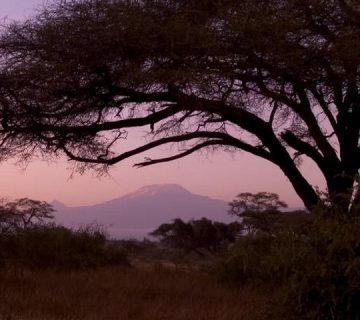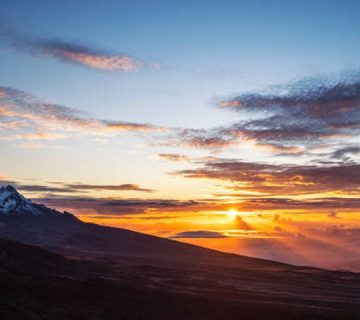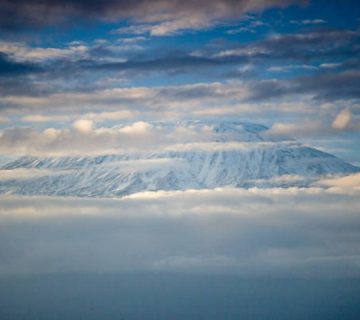Managing Altitude Sickness While Climbing Kilimanjaro
Standing as a beacon of strength and beauty, Mount Kilimanjaro is not just a mountain; it’s an emblem of adventure that calls to trekkers and dreamers alike. At Kilimanjaro Centre for Trekking and Ecotourism (KCTE), we understand that reaching the summit of this majestic peak is a profound achievement. However, the journey to Uhuru Peak is accompanied by a challenge that many climbers face: altitude sickness. In this comprehensive guide, we’ll explore effective strategies to manage altitude sickness, ensuring your climb is as exhilarating as the breathtaking landscapes of Kilimanjaro.
What is Altitude Sickness?
Altitude sickness, also known as acute mountain sickness (AMS), occurs due to the decreased amount of oxygen available at higher elevations. Symptoms can range from headache, nausea, dizziness, and fatigue, to more severe health risks. Understanding and preparing for AMS is crucial for any climber, and at KCTE, we prioritize your health and safety above all.
Pre-Climb Preparation
Health Check and Physical Fitness
Before you even set foot on Kilimanjaro, a thorough health check is essential. Consult with your healthcare provider to assess your fitness for high-altitude trekking. Engaging in cardiovascular exercises weeks before your expedition can significantly bolster your stamina and reduce the likelihood of altitude sickness.
Acclimatization
Acclimatization is your best defense against AMS. KCTE offers tailored itineraries that include gradual ascents and extra acclimatization days. Our “Pole Pole” (slowly, slowly) approach ensures your body adjusts to the altitude, enhancing your climbing experience.
On the Mountain: Tips to Combat Altitude Sickness
Stay Hydrated
Hydration is key to helping your body adjust to higher altitudes. Aim to drink at least three to four liters of water daily. Our guides are always equipped with ample water supplies, ensuring you stay hydrated throughout your trek.
Eat Well
Your body requires more calories at altitude, even if your appetite might wane. We provide nutrient-rich meals tailored to meet the energy demands of climbing Kilimanjaro. From high-carbohydrate foods to ample proteins and fats, our menu is designed to keep you energized and healthy.
Listen to Your Body
Recognizing the symptoms of altitude sickness early is vital. KCTE’s experienced guides are trained to spot these symptoms and will make necessary adjustments to your trek schedule, including additional rest days if needed.
Climbing Strategy
Pace Yourself
The secret to a successful Kilimanjaro climb is not speed but steady pacing. Our guides lead at a pace that suits all members of the group, allowing for gradual acclimatization.
Sleep Lower
If symptoms of altitude sickness arise, sleeping at a lower altitude can offer significant relief. KCTE plans the trek route in a way that each campsite is strategically positioned for optimal rest and recovery.
Medication and Supplements
Diamox (Acetazolamide)
This medication can be used to prevent and reduce the symptoms of altitude sickness. Consult with your doctor to discuss its use as part of your altitude sickness management plan.
Natural Remedies
Ginger tea can help alleviate nausea, a common symptom of AMS. Our camps are always stocked with natural remedies like ginger to aid your comfort.
Post-Climb Recovery
After summiting Kilimanjaro, giving your body time to recover is crucial. KCTE recommends staying a couple of days in Tanzania to relax and gradually readjust to lower altitudes.
Why Choose Kilimanjaro Centre for Trekking and Ecotourism (KCTE)?
Expert Guidance
Our guides are Wilderness First Responder certified, equipped with the skills to ensure your safety and comfort throughout the journey.
Tailored Experiences
We offer customized trekking routes that align with your physical ability and preferences, enhancing your overall experience.
Commitment to Ecotourism
We are dedicated to preserving the natural beauty of Kilimanjaro through sustainable practices, ensuring future generations can also enjoy this incredible mountain.
Final Thoughts
Climbing Kilimanjaro is an unforgettable adventure, and managing altitude sickness effectively is key to enjoying the journey to its fullest. At Kilimanjaro Centre for Trekking and Ecotourism, we are committed to providing you with the safest and most rewarding climbing experience.
Ready to conquer Kilimanjaro? Book your climb with us at KCTE, and let’s reach new heights together!
FAQ
What is the best time to climb Kilimanjaro?
The best times are during the dry seasons: January to mid-March and June to October.
How long does it take to climb Kilimanjaro?
It typically takes about 5 to 9 days, depending on the route and your pace.
What should I pack for my Kilimanjaro trek?
Essential items include thermal layers, a sturdy pair of hiking boots, a sleeping bag rated for sub-zero temperatures, and a waterproof jacket. Don’t forget your camera for the incredible views!
Can beginners climb Kilimanjaro?
Yes, Kilimanjaro is a non-technical climb, making it accessible to beginners who are physically fit and well-prepared.
Embark on your journey to the Roof of Africa with KCTE, where your adventure dreams become reality. Join us and experience the magic of Kilimanjaro!




